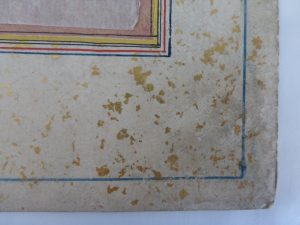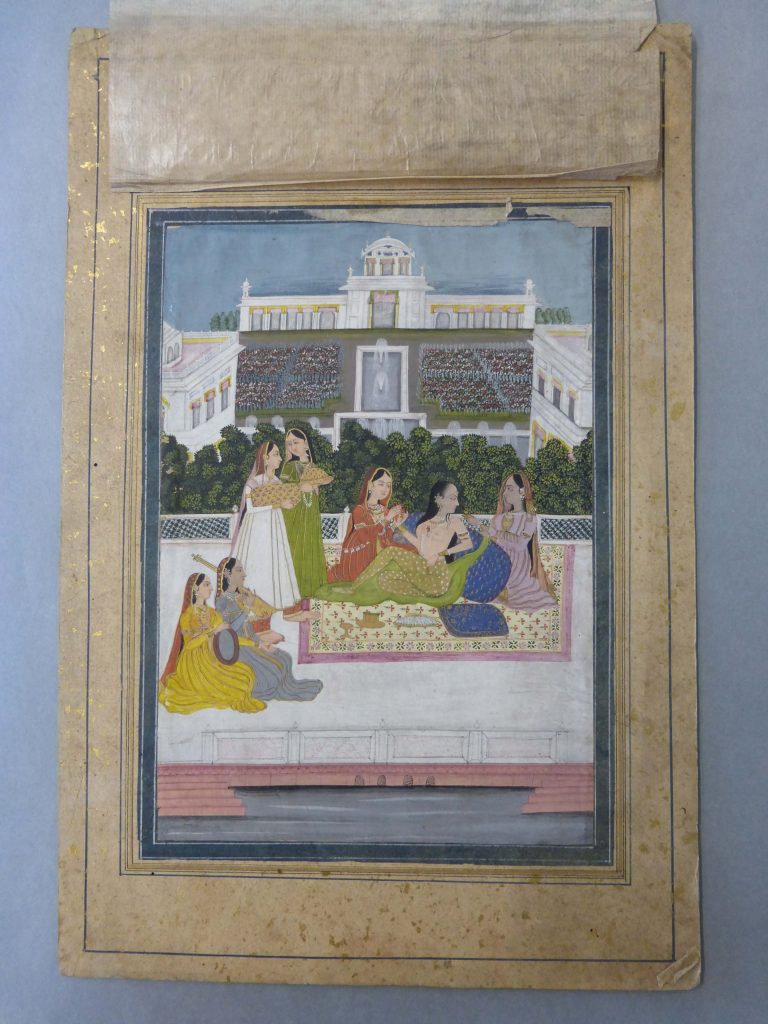Lisa Mitchell, conservation placement student from Northumbria University, describes her experience of working at the CRC in this week’s blog post…
Over the past two weeks I have had the pleasure of working with the conservation team at the CRC as part of my summer placement for my Master’s degree in conservation on works of art on paper.
Following an intense but fulfilling first year studying at Northumbria University, the summer has provided a very welcome respite from assignment writing and the opportunity to put some of my newly taught conservation skills into practice!
Working alongside Emily Hick, the Special Collections Conservator, I have been fortunate enough to assist her in the completion of the final stages of the conservation treatment of a collection of 32 portraits from India, which Emily has recently written about in her Passage to India blogs (part 1 and part 2 can be read by clicking on the highlighted text).


